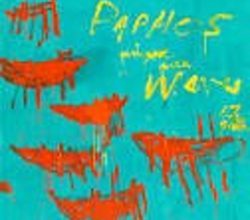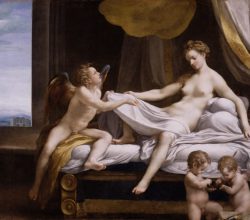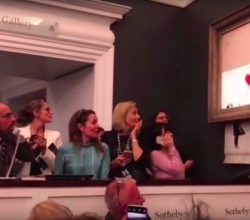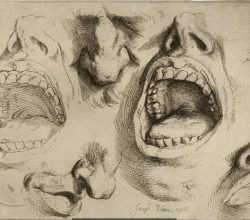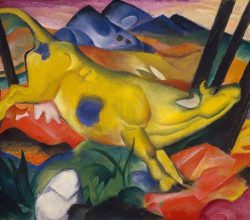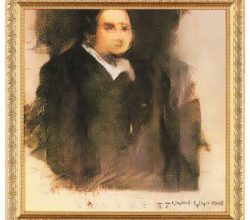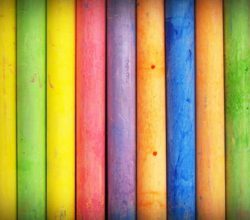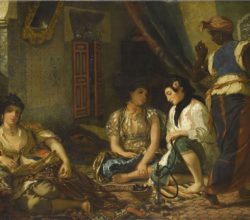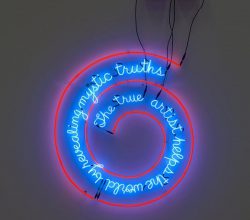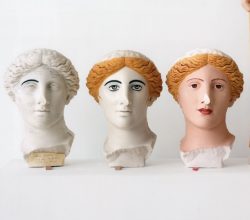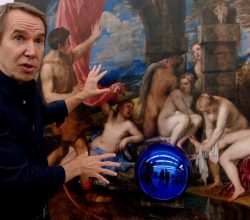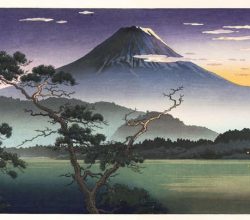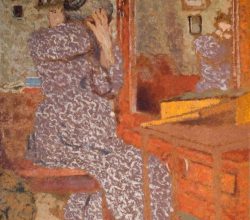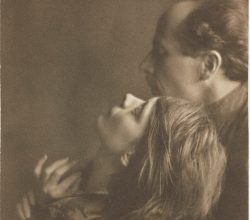
Modern Couples: Art, Intimacy and the Avant-garde
Celia White | Studio International | 25th October 2018
So many reviews, and so many complaints! The exhibition wants to debunk the cliché of the genius male artist attended by his muse. However, it is variously too big (40 couples!), poorly hung, or too coy about power imbalances (think Rodin). Still, as one critic notes “when a creative partnership was made up of equals, it tended to implode under its own intensity.”

